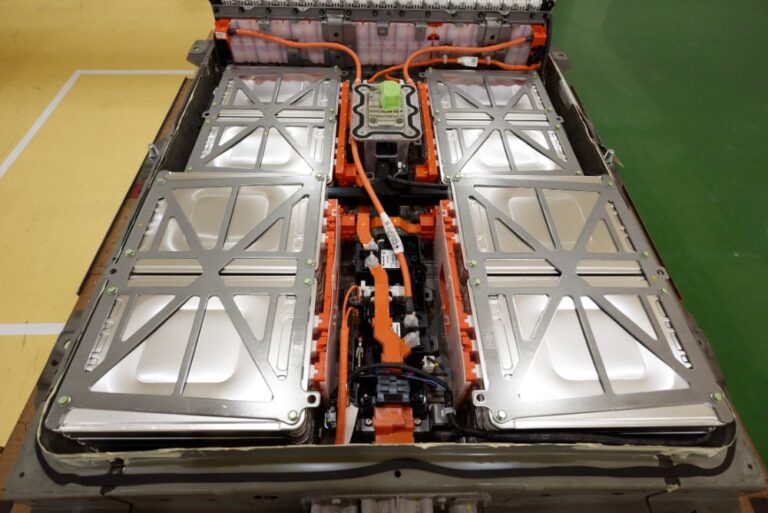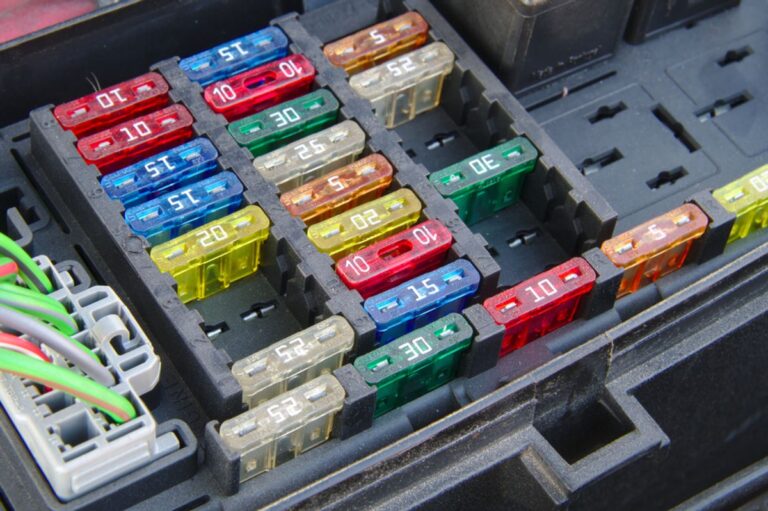
Spark plugs are an essential part of any vehicle. Without them, your vehicle technically cannot start. When you turn the ignition, it triggers the engine to fire up, but the spark plug is needed to help your engine produce the power needed to turn on.
It ignites the air/fuel mixture that creates a small but powerful explosion to power the engine. The spark plugs are located at the top of the cylinder head, above the piston. The piston moves down the cylinder to suck in the air/fuel mixture, and then comes back up to the spark plug, compressing the mixture in the process.
It’s a very fast cycle, and kind of mind boggling when you think about it. There are so many moving parts to the mechanical function of a car. I mean really, who would have thought so much could happen in those short seconds between sticking your key in the ignition and hearing the engine running, right?
Now, where is the cylinder head, you ask? It’s mounted on the top of the engine housing, so when you lift up the hood, you’ll see its location. Once you find the cylinder head, you’ll be very close to the spark plugs.
You may want to look up Google images of your specific car’s engine layout to get a better idea specifically, but it’s not too hard to find.
FAQs
You probably have some related questions about spark plugs, as most people do, so hopefully these answers below will provide some additional clarity for you.
What are the parts of a spark plug?

Believe it or not, there are eight parts to a spark plug. Buckle up, here we go! First, the terminal connects to the ignition and sends high voltage to the central electrode.
Second, the insulator protects (or insulates) other parts of the plug from high voltage and contains the high voltage before it reaches the electrode tip. Then the resistor prevents electrical interference with other electrical parts of the car and also prevents ruining any radio reception. Fourth, the central electrode uses an internal wire to connect back up to the terminal.
Its copper, nickel, or chromium tip carries high voltage through the spark plug. Fifth, the ground or side electrode is right next to the metal and extends to the combustion chamber to create the spark necessary for fuel ignition. Sixth, the hex head is a steel shell that allows the mechanic to use a socket wrench to adjust the tightness of the plug.
It also helps cool the plug by transferring the heat to the cylinder head. Seventh, the gasket traps combustion gasses so they don’t escape. And finally, the ribs help stop the voltage from jumping down to the hex head.
How do you know when your car needs spark plugs?

Like all other parts of a car, spark plugs need regular replacement (every 100,000 miles if you ask my Dad). If you’re not a car expert, it can be tricky to know when your spark plugs go bad. Luckily, there are some tell-tale signs that your plugs are failing.
For example, if your car is a rough starter or idler, if your engine sometimes misfires or surges, if your car is sucking gas faster than usual, or if it’s not accelerating as it should, then you may want to check them.
How do you check spark plugs?

So how do you check your spark plugs once you’re pretty sure they’ve failed? To make sure they’ve failed, you can actually test them using a basic multimeter. First you’ll remove the ignition wire off the end of the plug.
Reach down and gently pull it off, or rotate the rubber fitting one way as you pull. Then, attach the multimeter to the ignition wire. It’ll connect to the spark plug as it sits in your engine.
Turn on your car, and then watch the sides of the tester. If no spark or glow is present, then the spark plug probably needs to be replaced. It could be a fault somewhere else in the ignition system, but deductive reasoning would suggest that new spark plugs may do the trick, especially if it’s been awhile since they were last switched out.
Are spark plugs easy to replace?

This is one of the simpler mechanical procedures to do on your own (approximately 1 hour), and it’ll save you about $100 in labor. Not too shabby! Before you begin, make sure you’ve got a good pair of gloves, safety glasses, and microfiber towels on hand.
You also want to do this when your car is off and the engine is entirely cooled. As far as tools, you’ll need a socket wrench, socket wrench extension, spark plug socket, spark plug gap tool, torque wrench, vacuum or compressed air blower, and a clean rag or paper towels. Now that you’re ready to replace them, disconnect the negative battery terminal and remove any covers.
Use the vacuum to blow away any dirt and clean the area. Then take the spark plug boots off one at a time. Be sure to remember which wires go to which plugs; use masking tape to label if necessary.
Throw away the old plugs, and grab your new spark plug kit. Hand-thread the new plugs back into the engine. Make sure to look up the torque specification for your vehicle and use the wrench to tighten the plugs.
Reattach the plug boots and then reconnect the battery. You’re all set!






